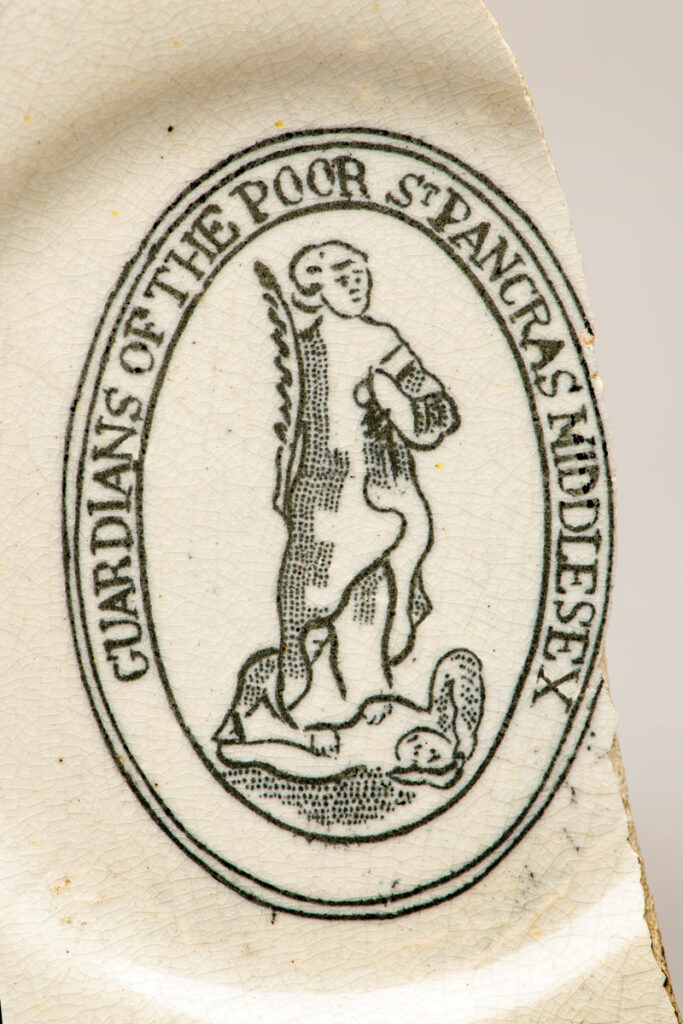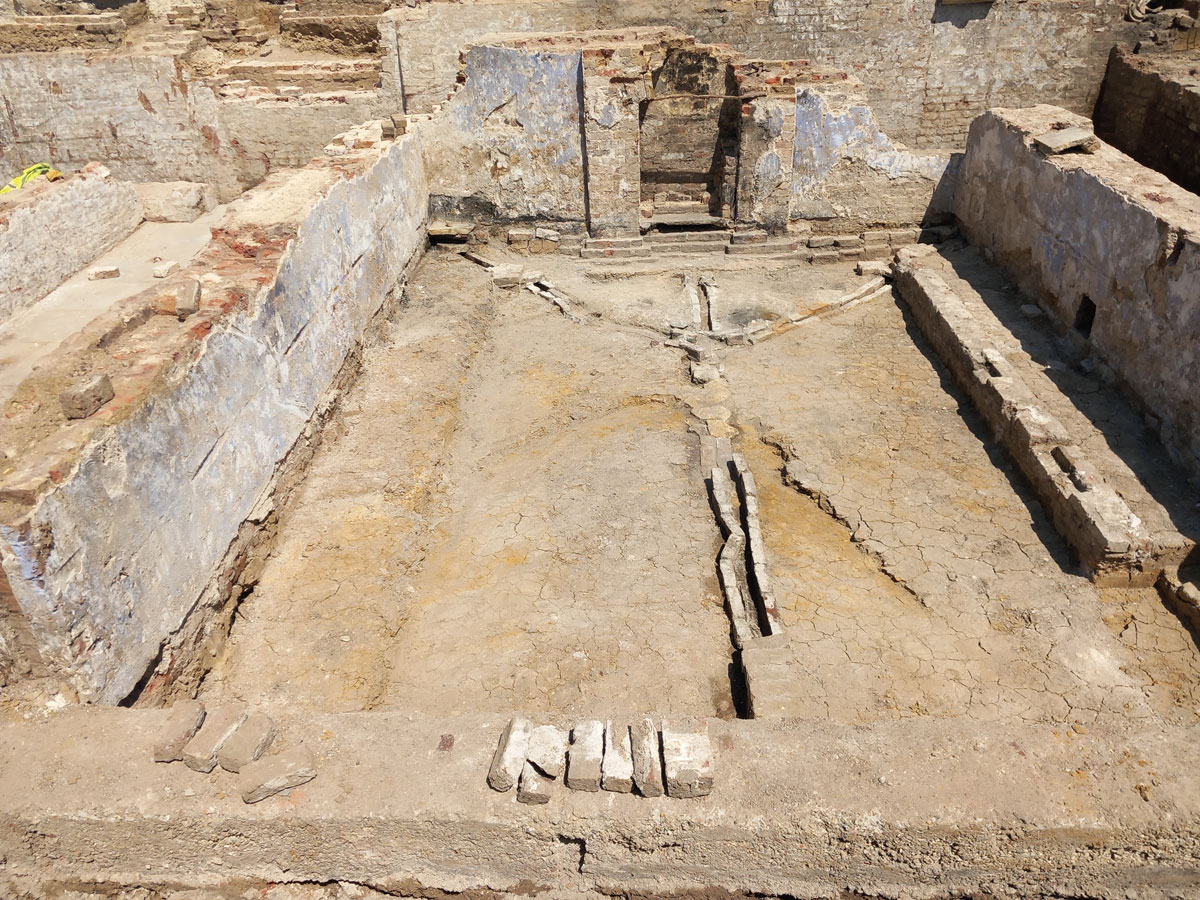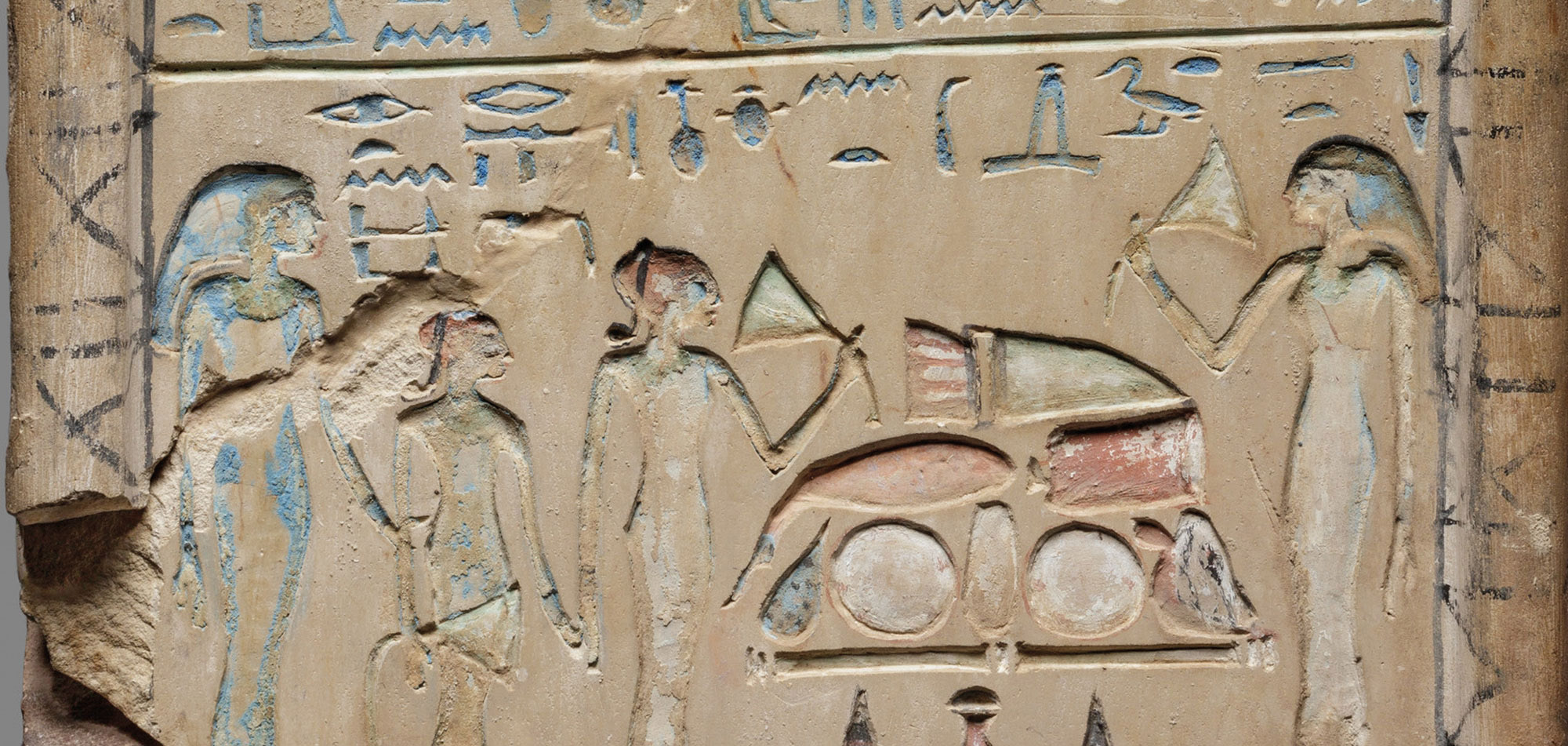
The hard labor and often cruel conditions experienced by the indigent inmates of London’s workhouses are well-documented in nineteenth-century historical records and popular literature. However, recent explorations of the remnants of the St. Pancras workhouse in the borough of Camden suggest that the facility began with a more benign mission that focused on supporting the urban poor. Archaeologists from Museum of London Archaeology have excavated the foundations and walls of the original workhouse, which was built in 1809 and demolished after heavy bombing during World War II.

In an area of the workhouse thought to have been the women’s wards, researchers unearthed fireplaces and walls covered in blue painted plaster, indicating that residents likely lived in brighter and more comfortable quarters than previously known. Artifacts such as a bone toothbrush with horsehair bristles highlight the importance placed on hygiene at St. Pancras, which offered free healthcare following construction of an infirmary in 1812. There was still a gulf, however, between the comforts afforded the workers and those enjoyed by their supervisors. Archaeologists unearthed expensive sandstone flooring from Yorkshire in rooms that they think were part of the overseers’ offices and living quarters.











